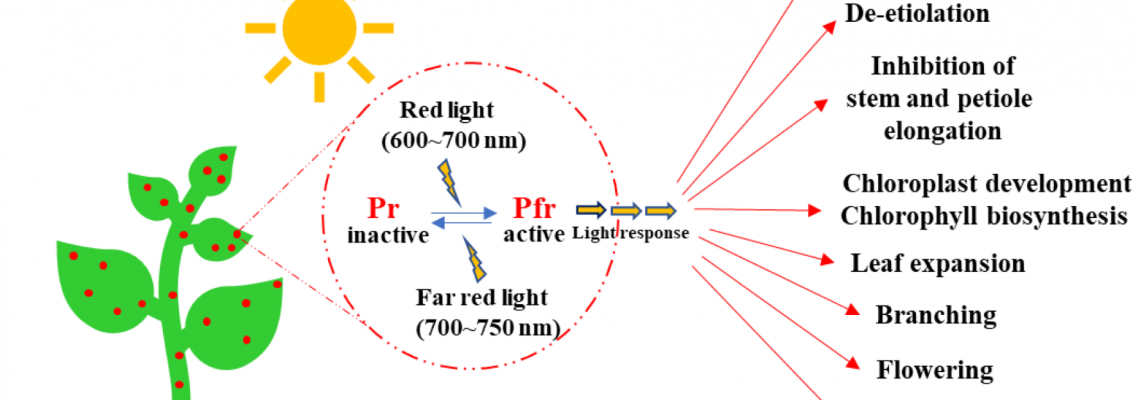
In modern horticulture, light is more than just energy it’s a tool that shapes how plants grow, look, and even taste. Thanks to advancements in LED lighting, growers can now fine-tune light spectra to control everything from stem strength and leaf color to flowering time and nutrient density. This scientific process known as photomorphogenesis explains how different wavelengths of light influence plant development and physical traits.
Understanding how the light spectrum affects plant growth is key for growers who want to improve yield, flavor, and overall crop quality. Each wavelength plays a unique role: blue light supports compact growth and chlorophyll formation, red light promotes flowering and fruiting, and far-red light influences elongation and shade response. By balancing these light types, growers can achieve precise control over plant morphology and health.
With today’s dynamic LED systems, cultivators can design customized “light recipes” that enhance photosynthesis, boost productivity, and reduce energy costs. As lighting technology continues to evolve, mastering the art of spectrum control is becoming one of the most effective strategies for improving both crop quality and sustainability in controlled-environment agriculture.

8 Comment(s)
These are really great ideas in regarding blogging. You have touched some nice points here. Any way keep up wrinting.
I will immediately take hold of your rss as I can not to find your e-mail subscription link or newsletter service. Do you’ve any? Kindly allow me realize so that I may just subscribe. Thanks.
Hello! I've been reading your web site for a long time now and finally got the courage to go ahead and give you a shout out from Kingwood Tx! Just wanted to mention keep up the excellent work!
Hi there, its fastidious article on the topic of media print, we all understand media is a great source of data.
They're also incredible items for the fact that you are able to modify your mama to be particularly match by them!
Hi, I log on to your blog like every week. Your writing style is witty, keep doing what you're doing!
Hi, i think that i saw you visited my weblog so i came to “return the favor”.I’m attempting to find things to enhance my site!I suppose its ok to use some of your ideas!
I will immediately grab your rss feed as I can not find your email subscription link or e-newsletter service. Do you have any? Kindly permit me realize in order that I may subscribe. Thanks.
Leave a Comment